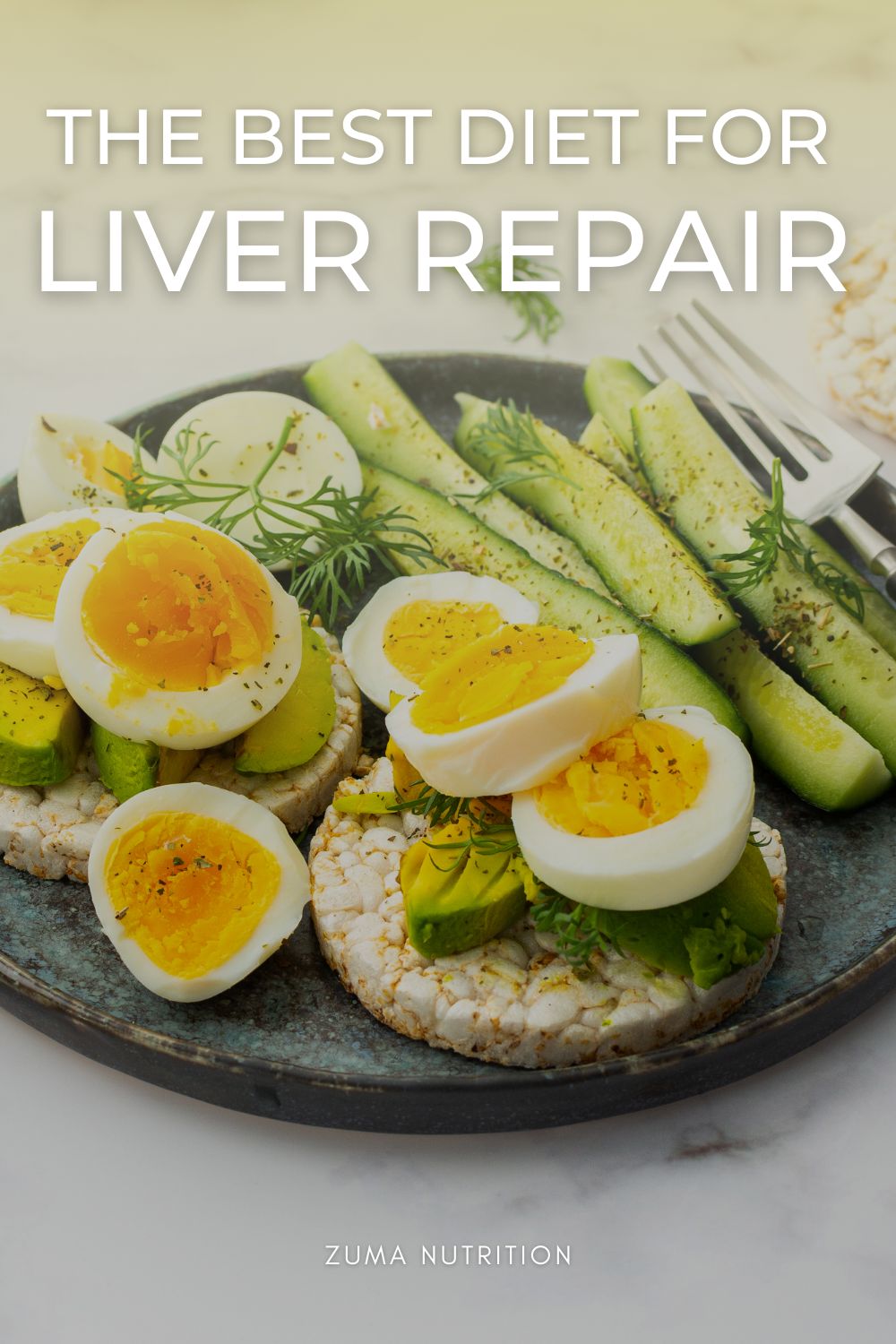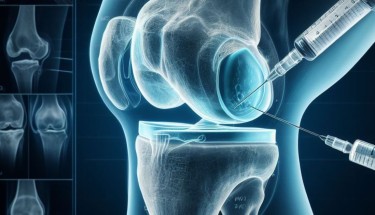Foods to Avoid for Fatty Liver Disease: Complete 2025 Guide
Discover essential foods to avoid for managing fatty liver disease in 2025. Learn which dietary choices harm liver health and find healthier alternatives to support liver function and recovery.
Fatty liver disease occurs when excess fat accumulates in liver cells, affecting millions worldwide. This condition can progress from simple fat accumulation to serious complications including inflammation and scarring. Recent research demonstrates that dietary modifications can reduce liver fat by up to 80% in some individuals, making food choices a critical component of management.
The liver processes everything consumed, making it particularly vulnerable to dietary toxins and excess nutrients. When overwhelmed by poor food choices, the liver struggles to perform its essential functions of detoxification, protein synthesis, and metabolic regulation.

Processed Foods That Damage Liver Health
Processed foods represent one of the most significant threats to liver health. Fast food meals, packaged snacks, and ready-made dinners contain high levels of trans fats, artificial preservatives, and sodium that burden the liver’s detoxification processes.
Studies published in The Journal of Hepatology demonstrate a direct correlation between processed food consumption and liver fat accumulation. These foods often contain hidden sugars and refined oils that promote inflammation and interfere with normal liver metabolism.
Common processed foods to eliminate include frozen pizzas, instant noodles, packaged cookies, deli meats with nitrates, and microwave meals. Reading ingredient labels becomes essential, as many seemingly healthy options contain liver-damaging additives.
Refined Carbohydrates and Blood Sugar Spikes
Refined carbohydrates cause rapid blood sugar elevation, forcing the liver to convert excess glucose into fat. White bread, pastries, sugary cereals, and white rice create metabolic stress that directly contributes to fatty liver progression.
These high-glycemic foods lack fiber and essential nutrients, providing empty calories that overwhelm liver function. Research indicates that individuals consuming high amounts of refined carbohydrates show significantly higher rates of liver fat accumulation compared to those eating whole grain alternatives.
Replacing refined options with whole grain varieties helps stabilize blood sugar and reduces liver fat storage. Brown rice, quinoa, oats, and whole wheat products provide sustained energy without overwhelming liver metabolism.
Sugary Beverages and Fructose Concerns
Soft drinks, sweetened juices, and flavored coffees contain high fructose levels that directly promote liver fat formation. Unlike glucose, fructose bypasses normal metabolic regulation and converts rapidly to liver fat through a process called lipogenesis.
Recent statistics from the National Institute on Alcohol Abuse and Alcoholism show that regular consumption of fructose-sweetened beverages increases fatty liver disease risk by 55%. Energy drinks and sports drinks also contribute significantly to this problem due to their concentrated sugar content.
Even seemingly healthy options like fruit juices can be problematic when consumed in large quantities. Whole fruits provide fiber that slows fructose absorption, while juices deliver concentrated fructose without protective fiber.
Alcohol and Liver Metabolism
Alcohol poses particular risks for individuals with fatty liver disease, as the liver prioritizes alcohol metabolism over fat processing. Even moderate alcohol consumption can exacerbate liver inflammation and accelerate disease progression.
The liver metabolizes alcohol into toxic compounds that damage liver cells and promote fat accumulation. For individuals with existing fatty liver disease, complete alcohol avoidance often becomes necessary to prevent further deterioration.
Wine, beer, and spirits all contribute to liver stress, with no safe threshold established for those with fatty liver conditions. Recovery requires allowing the liver to focus on healing rather than processing alcohol toxins.
High-Fat Dairy Products and Inflammation
Full-fat dairy products like whole milk, butter, cream, and high-fat cheeses contain saturated fats that promote liver inflammation. These fats can worsen existing fatty liver conditions and interfere with the liver’s ability to process other nutrients effectively.
Saturated fats trigger inflammatory pathways that damage liver cells and promote fibrosis development. While dairy products provide important nutrients, choosing low-fat or fat-free versions helps reduce liver burden while maintaining nutritional benefits.
Greek yogurt, skim milk, and reduced-fat cheeses offer protein and calcium without excessive saturated fat content. Plant-based alternatives like almond or oat milk can also provide nutrients with minimal liver impact.
Red and Processed Meats
Red meats including beef, pork, and lamb contain high levels of saturated fats and inflammatory compounds that stress liver function. Processed meats like bacon, sausage, and deli meats add nitrates and excess sodium that further burden liver detoxification processes.
Research indicates that diets high in red and processed meats correlate with increased liver inflammation and fat accumulation. The combination of saturated fats, advanced glycation end products, and preservatives creates a perfect storm for liver damage.
Lean protein alternatives like fish, poultry, legumes, and plant-based proteins provide essential amino acids without the inflammatory burden of red meat. Fatty fish like salmon and mackerel offer omega-3 fatty acids that actively reduce liver inflammation.
Healthier Food Alternatives for Liver Support
Successfully managing fatty liver disease requires replacing harmful foods with liver-supporting alternatives. Fruits and vegetables provide antioxidants and phytonutrients that help repair liver damage and reduce inflammation.
Berries, leafy greens, cruciferous vegetables like broccoli and Brussels sprouts, and citrus fruits offer particularly strong liver protection. These foods contain compounds that support the liver’s natural detoxification processes and help regenerate damaged cells.
Whole grains provide steady energy and fiber that supports healthy digestion and blood sugar regulation. Brown rice, quinoa, oats, and barley help stabilize insulin levels and reduce liver fat storage.
Healthy fats from avocados, nuts, seeds, and olive oil provide essential fatty acids that reduce inflammation and support liver cell membrane integrity. These fats help the liver process fat-soluble vitamins and maintain proper function.
Creating Sustainable Dietary Changes
Transitioning away from liver-damaging foods requires gradual, sustainable changes rather than dramatic restrictions. Start by eliminating the most problematic items like sugary beverages and processed snacks, then progressively improve other dietary components.
Meal planning and preparation help ensure healthy options remain available when cravings strike. Keeping liver-friendly foods readily accessible makes it easier to maintain positive dietary changes long-term.
Recent surveys indicate that 50% of individuals with fatty liver disease achieve significant improvements in liver function tests through consistent dietary modifications. The Mediterranean diet pattern, emphasizing plant foods and healthy fats, shows particularly promising results for liver health restoration.
Portion control and regular meal timing also support liver function by preventing metabolic stress and maintaining stable blood sugar levels. Eating smaller, frequent meals helps the liver process nutrients more efficiently than large, infrequent meals.







